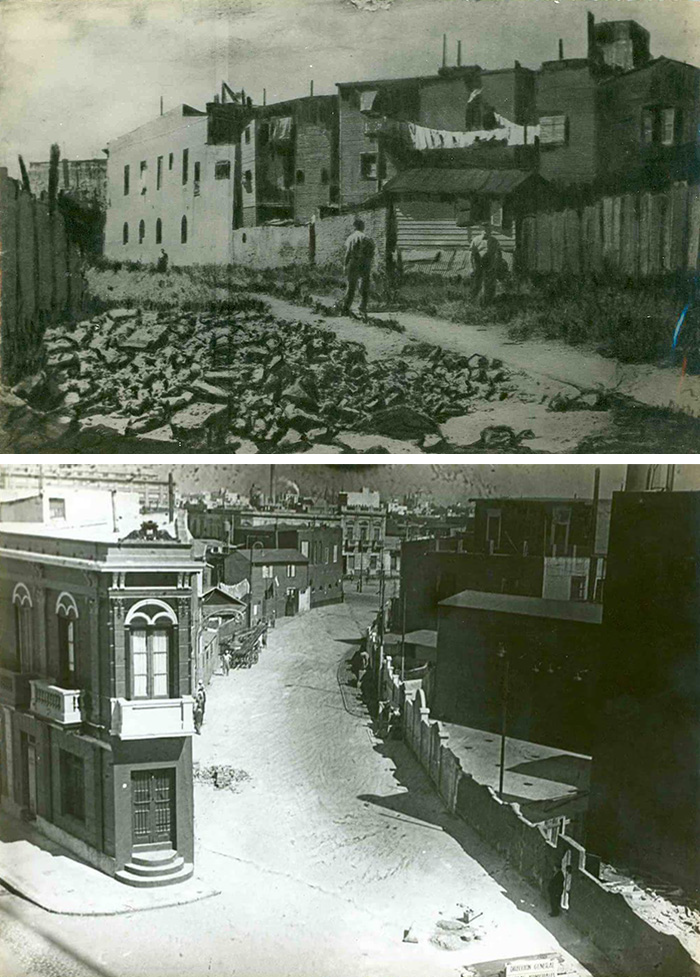This June, Japan lifted its long-standing ban on importing beef from Argentina. The meat, raised on the vast grasslands of the Pampas, is renowned for its quality. Its lean, nutrient-rich red meat is said to have even been used in baby food.
Of course, the best way to enjoy it is as "asado." Originally, it involved slow-roasting an entire cow over low heat for about two hours, but it has evolved into a much more refined BBQ style, now available even in Tokyo. Take a hearty bite, pair it with the region's equally famous red wine, and you won't be able to stop humming.
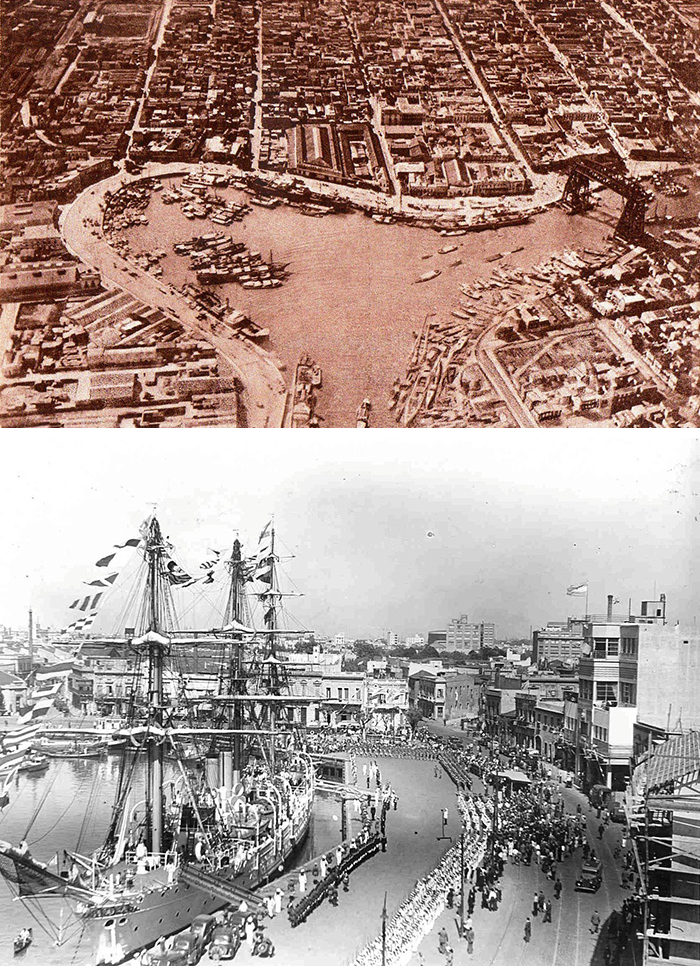
A tale from that country's past.
The neighborhood of La Boca in the capital, Buenos Aires, historically thrived as a port town where many European immigrants gathered. And in the 17th century, the music born here was the "Argentine Tango." Initially scorned as vulgar, it spread worldwide from Parisian high society. La Boca nurtured a cheerful and friendly character, proud to be the birthplace of tango.
However, the atmosphere changed during World War I. Immigrants living in this town grew increasingly tense and hostile toward each other over whether their respective "homelands" in Europe had won or lost.
Frowning upon this atmosphere was Quincalla Martín, a painter born and raised in La Boca. He sought to stimulate people's love for their homeland and revitalize the area by establishing an imaginary nation called the "Republic of La Boca" in this place, which could be considered the birthplace not just of Buenos Aires, but of Argentina itself.
Before establishing the republic, he enshrined principles in its "constitution": abandoning all social prejudices and always maintaining laughter and generosity. He then invested his personal fortune to build elementary schools, hospitals, and parks. He repainted the houses along the Caminito alleyway—which became a subject of tango—in vibrant colors like red, yellow, and blue. This streetscape remains a famous tourist attraction today.
Of course, it wasn't just about these physical structures; he cherished the people living there. He appointed the cheerful carriage driver, Mr. Molina, as his presidential aide and formed a cabinet with locals. He called them cabinet meetings, but they were really wild parties to encourage people to mingle. That's how he gradually restored the city's characteristic cheerfulness and humorous spirit.
The ultimate example was his approach to the medal system. He parodied this system so revered by society, declaring it was to "prevent the spirit of the abnormal from fading away" amidst all the serious people, like tightening a head with a screw. Thus, he solemnly and exaggeratedly presented mere "screws" as awards.
This spirit of satire transcended borders, even drawing the likes of Chaplin into its ranks. It seems that in any era, taking an idea that makes you think "Why didn't I think of that?" to the extreme level of "They actually did that?" can truly move people's hearts.
Incidentally, for some reason, about 60 years ago, my grandfather seems to have received this "Screw Nail Medal." It wasn't so much because he was a unique character, but probably because it was given to him as a token of friendship by the Kinkera artists he happened to be acquainted with at the time.
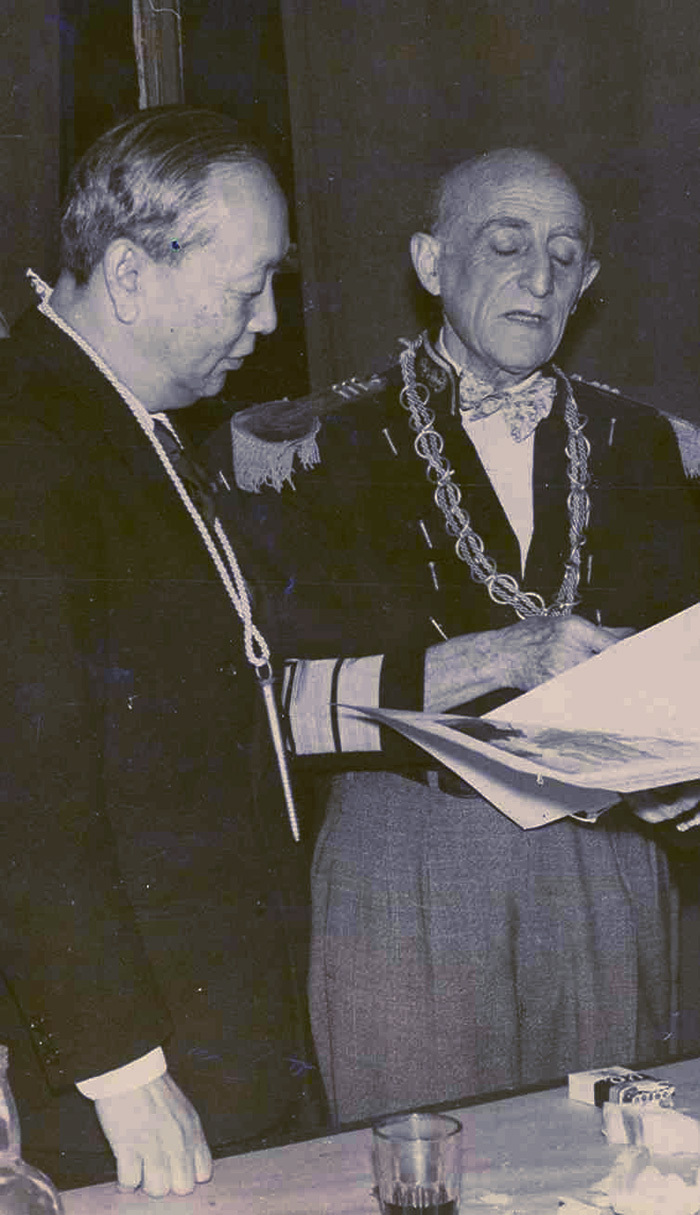
Grandfather receiving his decoration
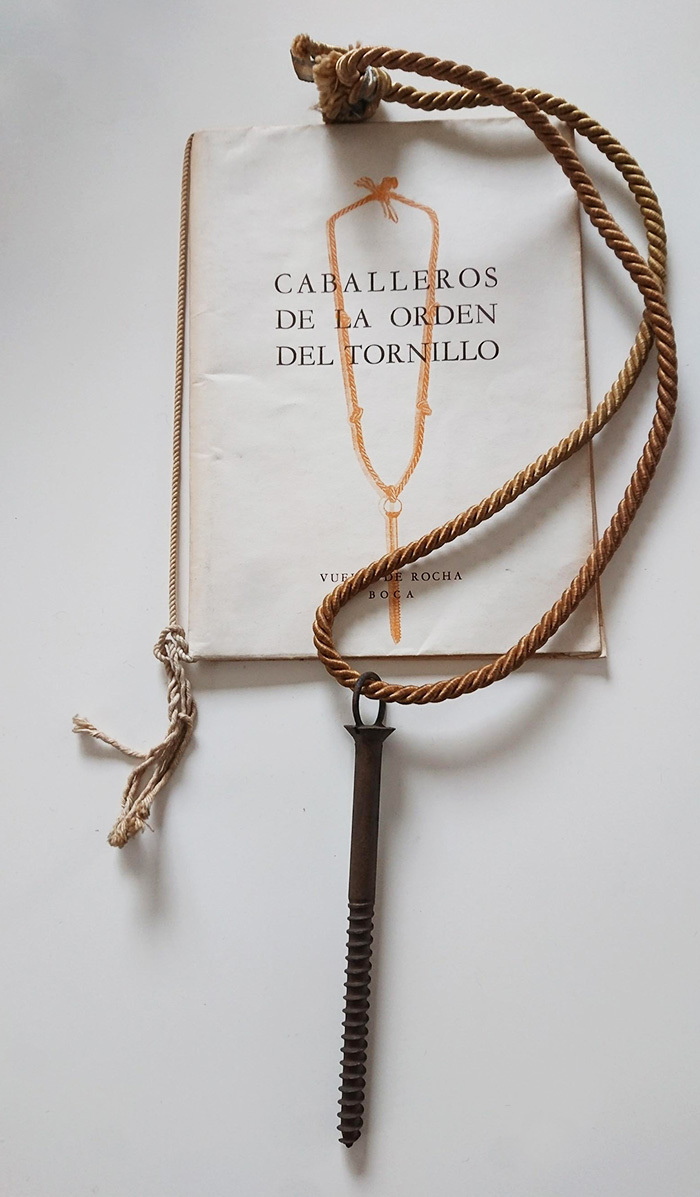
The "Screw Nail" in Our Home
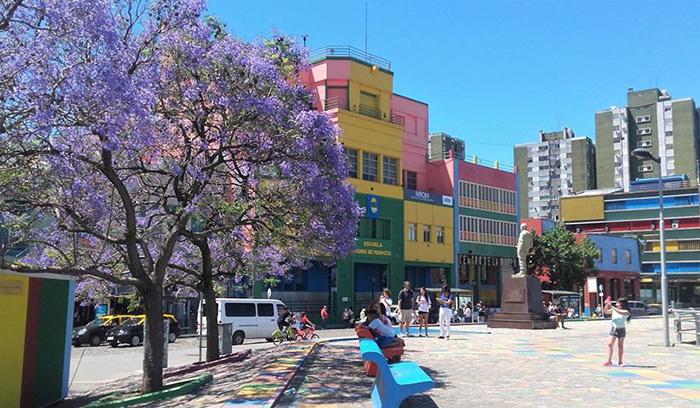
Kinkera Martin Museum
Thanks to this connection, I was able to donate the Medal of Honor to the Kinkera Martin Museum in Boca.
I will write about the tremendous affection shown by Ambassador Bello, Minister Babino, Mr. Kashiwakura of the Argentine Embassy, and Director Braverman of the Kinkera Martin Museum, who gave me this wonderful opportunity, next time.
Please enjoy!




